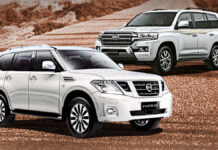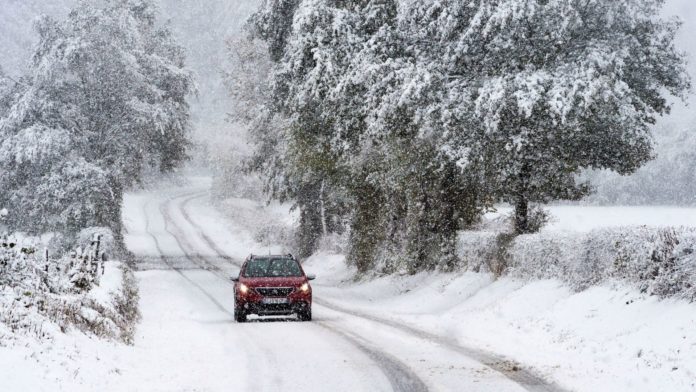
You must always be careful when driving, but this is especially important in the winter and during bad weather.
During the winter, drivers are naturally more fatigued and this increases the risk of getting in an accident because poor weather is also likely. Failing to heed the weather is a quick recipe for disaster and this is why different driving behavior is needed.
According to Jacoby & Meyers, “you are three times more likely to be in a car crash if you are fatigued”.
Fortunately, it’s simple to drive safer and all it requires is some conscious effort. It might take a little longer to reach your destination, but the slight inconvenience is well worth avoiding the hassle of an accident!
Let’s take a look at why you need to be safer in poor weather and what techniques you can adopt to accomplish this.
Bad Weather Requires Extra Care
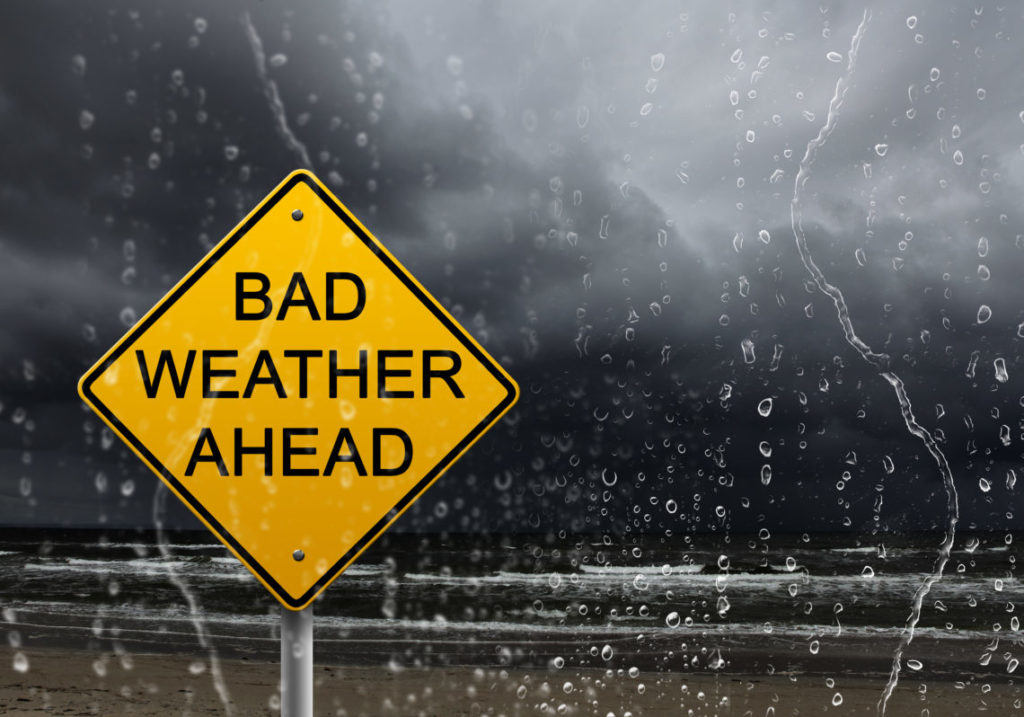
Even if you think that you’re an excellent driver, you need to drive safer when the weather is bad. This includes any time that it’s raining, hailing, snowing, foggy, or any other condition that makes vision difficult and the road slippery.
There are several reasons for this. The most important one is that your stopping distance increases.
When the road is wet, your tires will have poor traction. This means that when you try to stop, your tires cannot grip the road. As a result, it will take longer to stop and there’s also the possibility of skidding should your brakes lock up.
The other primary reason is that you just cannot see the road or other drivers well. This means that your ability to register and react to a hazard is severely impaired.
What both of these reasons illustrate is that driving is inevitably harder. Your skills will never be good enough to overlook poor driving conditions because they directly impact how you and your car perform! This is why you’ll need to take heed of the techniques below.
Increase Following Distance
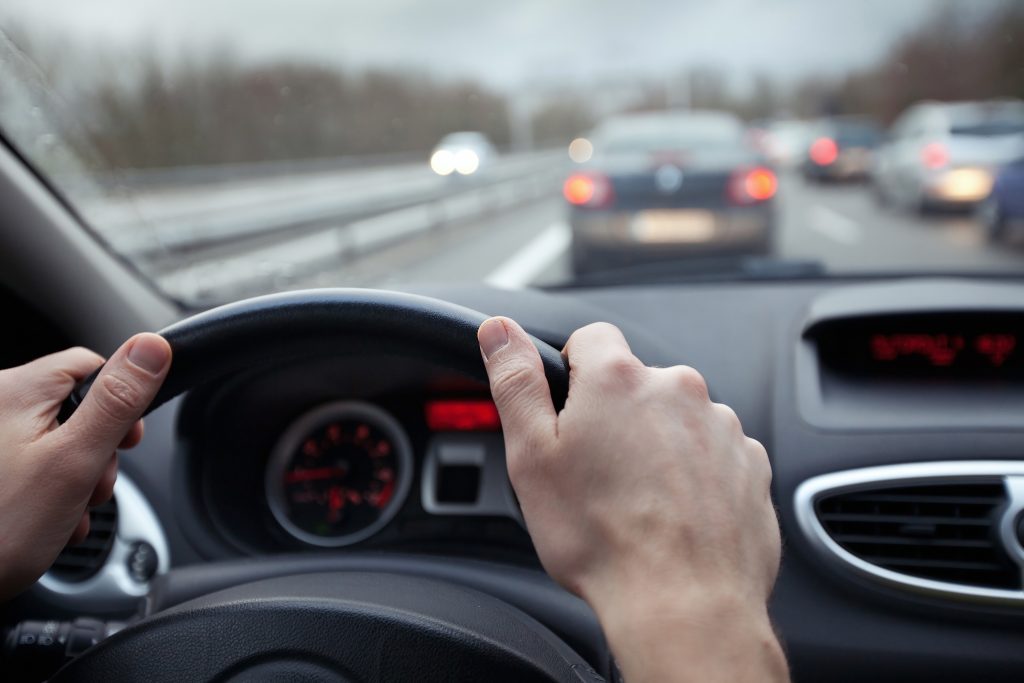
The first thing you should do is increase your following distance.
We mentioned above that your stopping time will increase during inclement weather. Additionally, it might take you longer to realize that you need to stop.
If you’re close behind another vehicle, then this will make a rear-end accident likely. Even worse, you’ll be found at-fault for it!
Fortunately, the solution to this is extremely simple. You should increase the following distance between you and the vehicle in front of you.
You probably use either a car length or stopping time estimate to determine how close you should be behind a vehicle. If you use 3 car lengths or 3 seconds, increase it to 5 car lengths or 5 seconds.
Should someone merge into the lane in front of you, slow down to regain the lengthened follow distance. The greater the amount of road you have to stop, the more time you’ll have to react and physically stop your car.
Drive Slower

It’s also a great idea to drive slower in bad weather.
It’s much harder to handle your vehicle at high speeds. Factor in poor weather and losing control of your vehicle becomes a real possibility.
To prevent this, you should be driving slowly at all times. If the speed limit is 45 MPH, don’t be afraid to go 40 or even 35.
You may feel like you’re driving too slowly and that other drivers are annoyed, but you shouldn’t pay them any mind. You can get a ticket for driving the speed limit during poor weather if it’s judged to be too fast for the conditions!
To keep yourself safe, drop the speed. This applies to coasting, turning, and anything else that you need to do. Stay slow and steady and poor weather shouldn’t be a problem for you.
Always Use Headlights

Another tip is to turn your headlights on.
The key part here is to use your headlights. This means to avoid using your high beams.
There are two important reasons for this. First, having your headlights on will make you visible to other drivers without blinding them. Second, you’ll improve your vision.
High beams have moments where they are useful, but they become dangerous in bad weather. If it’s foggy, using them can make it harder for other drivers to see the road in front of them as your lights hit the fog.
As for your vision, having adequate lighting is essential. Bad weather typically means that it’s dark outside, which always makes driving more dangerous. Increasing your field of vision allows you more time to acknowledge and react to anything on the road.
Keep Up With Maintenance
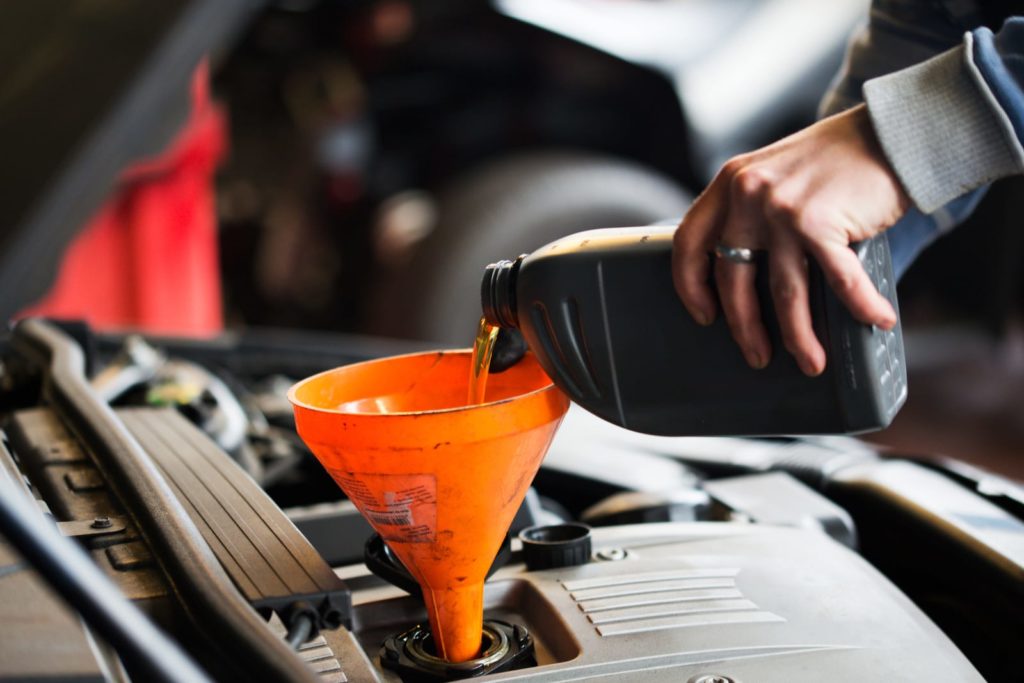
The last piece of advice you should heed is to always stay on top of maintenance.
This means that what you do outside of poor weather will affect how your car performs in bad weather. When you’re in the middle of a snowstorm, it’s too late to think about getting a new battery.
Because of this, you should always make sure that you’re maintaining the health of your car. This includes basic maintenance like topping fluids, oil changes, and general wellness checks.
When the weather is bad, especially when it’s cold, a greater burden is placed on your car. As a result, you’ll want to have your vehicle in prime shape to handle this.
What you want to avoid is driving a dangerous car in bad weather. Trying to navigate a rainstorm is bad enough, but compounding this with something like bald tires can make an accident very likely.
If you know that you’ve been neglecting maintenance, then don’t try driving in bad weather! There’s no reason to risk your safety. Instead, let it serve as a reminder to immediately address your car’s needs when the weather improves.
Closing Thoughts
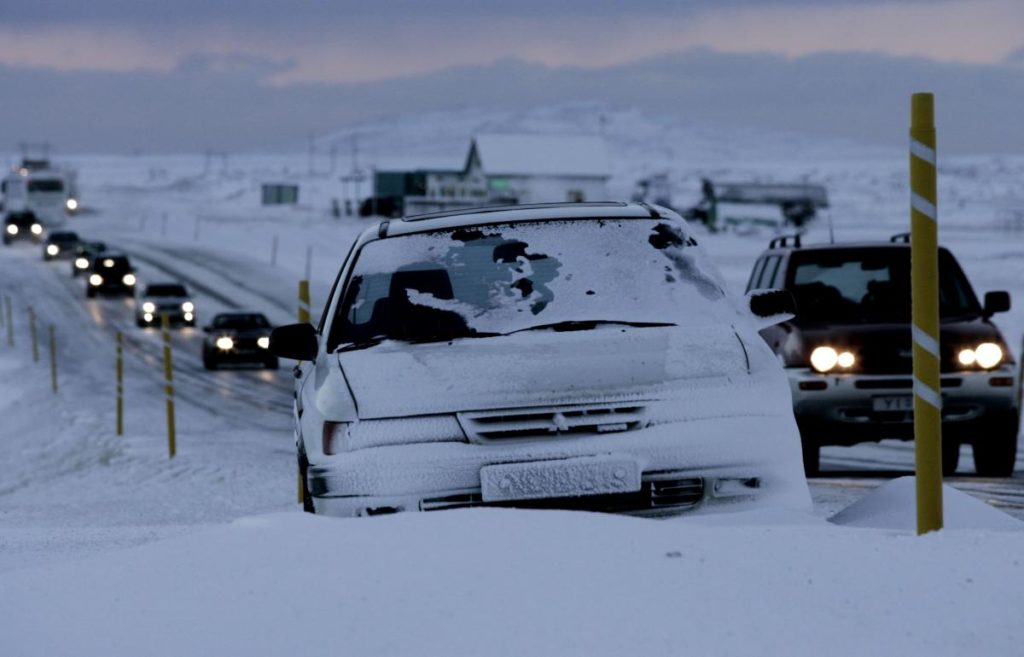
If you need to drive in poor weather conditions like heavy rain, snow, or icy roads, you need to be extra safe behind the wheel. This is because bad weather makes handling your vehicle more difficult.
A few excellent ways of doing this include increasing your stopping distance, slowing down, using your headlights (and not your high beams), and keeping up with regular maintenance.
The best thing you can do is to not drive in bad weather, but sometimes this just isn’t possible. If you do need to drive during harsh weather conditions, prioritize your safety and don’t focus on how long it takes to reach your destination!

